Home>Ideas and Tips>Upgrading Your Home’s Exterior With DIY Smart Irrigation System
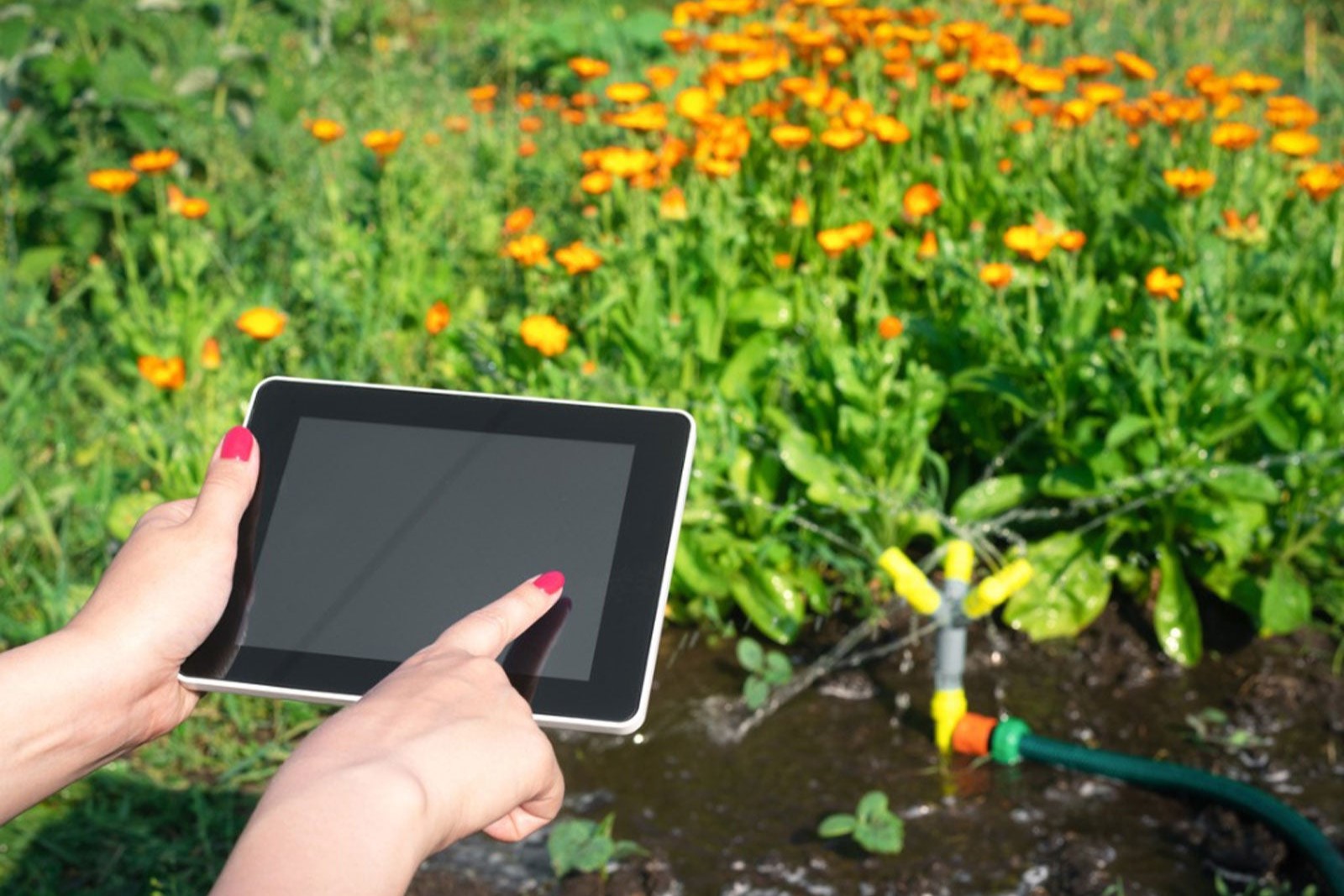

Ideas and Tips
Upgrading Your Home’s Exterior With DIY Smart Irrigation System
Modified: October 27, 2024
Upgrade your home's exterior with a DIY smart irrigation system. Save water, reduce costs, and maintain a lush garden effortlessly.
(Many of the links in this article redirect to a specific reviewed product. Your purchase of these products through affiliate links helps to generate commission for Storables.com, at no extra cost. Learn more)
Introduction
As homeowners, we're always on the lookout for ways to make our properties look better and work more efficiently. Landscaping is a big part of home improvement. It not only makes your place look nice but also helps keep your outdoor spaces healthy and sustainable. One of the best ways to upgrade your home's exterior is by installing a DIY smart irrigation system. This system can make your lawn and garden look lush and green without wasting water. So, what are the benefits of a smart irrigation system? Let's dive in.
Benefits of Smart Irrigation Systems
Upgrading to a smart irrigation system has a ton of perks. First off, it helps with water conservation. Traditional systems often waste a lot of water, especially during droughts or when plants don't need much water. Smart systems use sensors and algorithms to check soil moisture levels, making sure water is only used when needed. This means less water waste and a healthier garden.
Next up, cost savings. By using water more efficiently, smart irrigation systems can cut your water bills by 25-50%. Over time, these savings can cover the cost of the system itself. Plus, these systems are super efficient. They can change watering schedules based on weather forecasts, soil conditions, and plant types. This ensures your lawn and garden get just the right amount of water.
Another big benefit is the environmental impact. The U.S. Environmental Protection Agency says about 50% of water used for irrigation is wasted. A smart system can help reduce this waste, making your home more eco-friendly. And let's not forget about convenience. Many modern systems come with mobile apps and web interfaces, so you can control and monitor your irrigation system from anywhere. This means you can keep your garden healthy even when you're not home.
Components of a Smart Irrigation System
To install a DIY smart irrigation system, you need to know what parts are involved. Here's a quick rundown:
- Smart Irrigation Heads: These replace your old heads and come with sensors to detect soil moisture levels.
- Drip Tubing: Used in drip irrigation systems to deliver water directly to plant roots, reducing evaporation and runoff.
- Landscape Ring: Protects the new heads from lawn tools like mowers.
- WiFi Controller: The brain of your system, connecting to your home's WiFi for remote control.
- Timer: Schedules watering sessions based on your needs.
- Flags: Mark the location of the irrigation heads for easy installation.
Steps to Install a DIY Smart Irrigation System
Installing a DIY smart irrigation system isn't too hard. It usually takes a few hours, depending on your current setup. Here's a step-by-step guide:
Step 1: Prepare Your Lawn
First, get your lawn ready. Call the local utility locating service to find underground utilities. This helps you avoid damaging them during installation. Then, turn on your current irrigation system to find the existing heads and mark their positions with flags.
Step 2: Expose and Remove Old Heads
Next, dig down near each flag to expose the old heads. Unscrew the old heads from the pipes and thread on the new smart heads, making sure they're securely attached.
Step 3: Protect New Heads
Place a landscape ring around each new head to protect it from lawn tools like mowers. This keeps them intact and functional.
Step 4: Install Drip Irrigation (Optional)
If you're using drip irrigation, screw in a T-head into the existing pipe system. Connect drip tubing through both ends of the T-head to create a closed-loop drip irrigation line.
Step 5: Replace Timer
When replacing the timer, unplug the old unit from the wall outlet. Mark the old wires before removing them. Mount the new timer and attach the wires as per the manufacturer's instructions. Plug in the new timer and connect it to your home's WiFi for remote control.
Step 6: Set Up WiFi Controller
Finally, set up your WiFi controller. Connect it to your home's WiFi using an app from the manufacturer. Configure settings like watering schedules, soil moisture thresholds, and weather adjustments through the app or web interface.
Additional Tips and Considerations
Here are some extra tips to keep in mind:
- Choose the Right Components: Make sure the parts you pick are compatible and suitable for your needs.
- Monitor System Performance: Regularly check your system's performance using the app or web interface.
- Maintain System Regularly: Regular maintenance is key. Check for clogs, replace worn-out parts, and update software if needed.
- Integrate with Other Smart Home Devices: If you have other smart home gadgets, consider integrating them with your irrigation system for a more comprehensive setup.
Conclusion
Upgrading your home's exterior with a DIY smart irrigation system is a fantastic way to make it look better and be more sustainable. By following these steps and considering the benefits and components, you can enjoy a lush, green lawn while saving water and money. Whether you're looking to reduce your environmental footprint or just make your outdoor space more efficient, a smart irrigation system is a great investment.
Resources
For those looking to upgrade their irrigation systems, here are some recommended resources:
- Irrigreen System: A seasonal above-ground system that's easy to install without digging. Use code JULY1000 for $1,000 off 6+ heads, JULY750 for $750 off 3+ heads, or JULY500 for $500 off 1+ heads.
- Rain Bird Components: Jenn Nawada recommends using Rain Bird components like 1800 High Efficiency Sprays, 42SA Simple Adjust Rotors, Emitter Conversion Kit for Drip Irrigation, and a WiFi Controller (Model ST8i).
- The Home Depot: Offers a variety of tools and materials needed for installation, including flags, smart irrigation heads, drip tubing, and landscape rings.
By following these steps and using these resources, you can turn your outdoor space into a beautiful, sustainable oasis with minimal effort and maximum impact.
Was this page helpful?
At Storables.com, we guarantee accurate and reliable information. Our content, validated by Expert Board Contributors, is crafted following stringent Editorial Policies. We're committed to providing you with well-researched, expert-backed insights for all your informational needs.

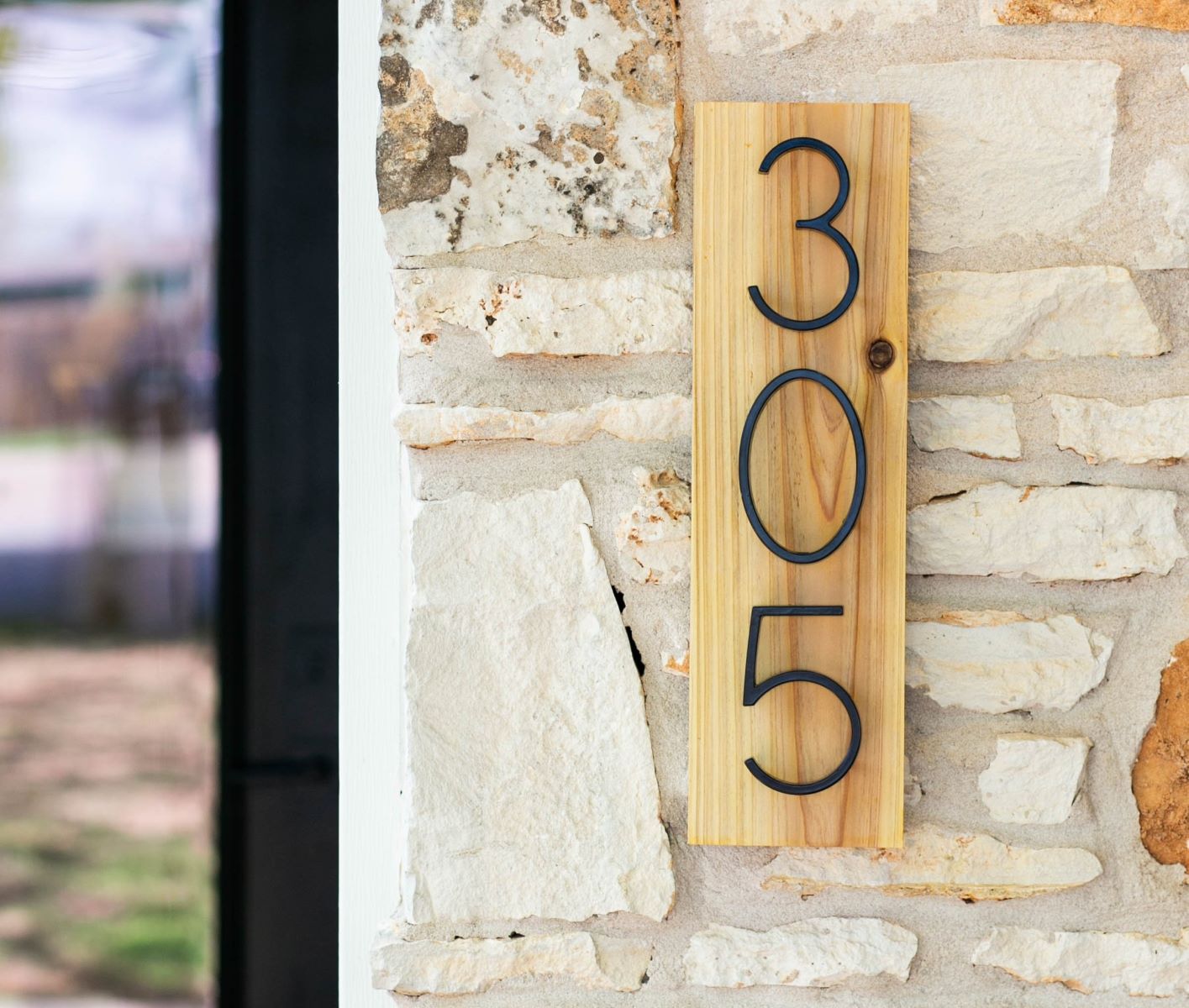



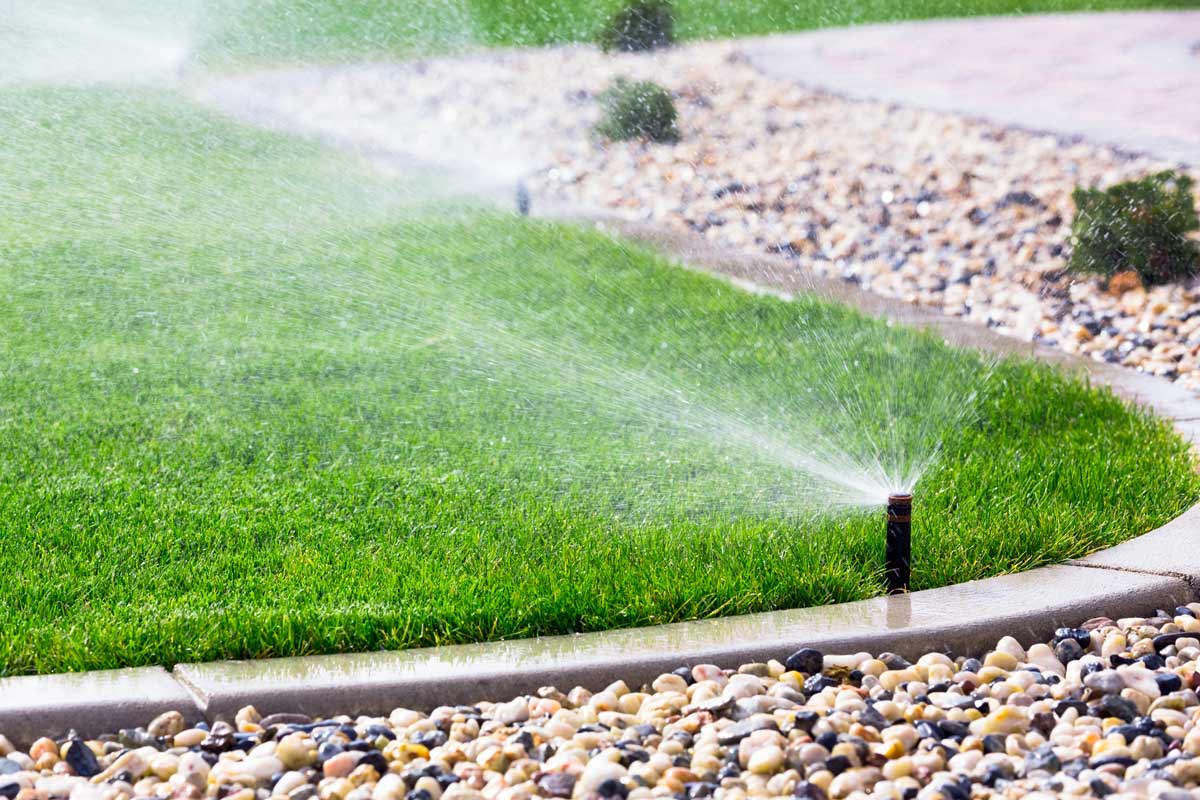
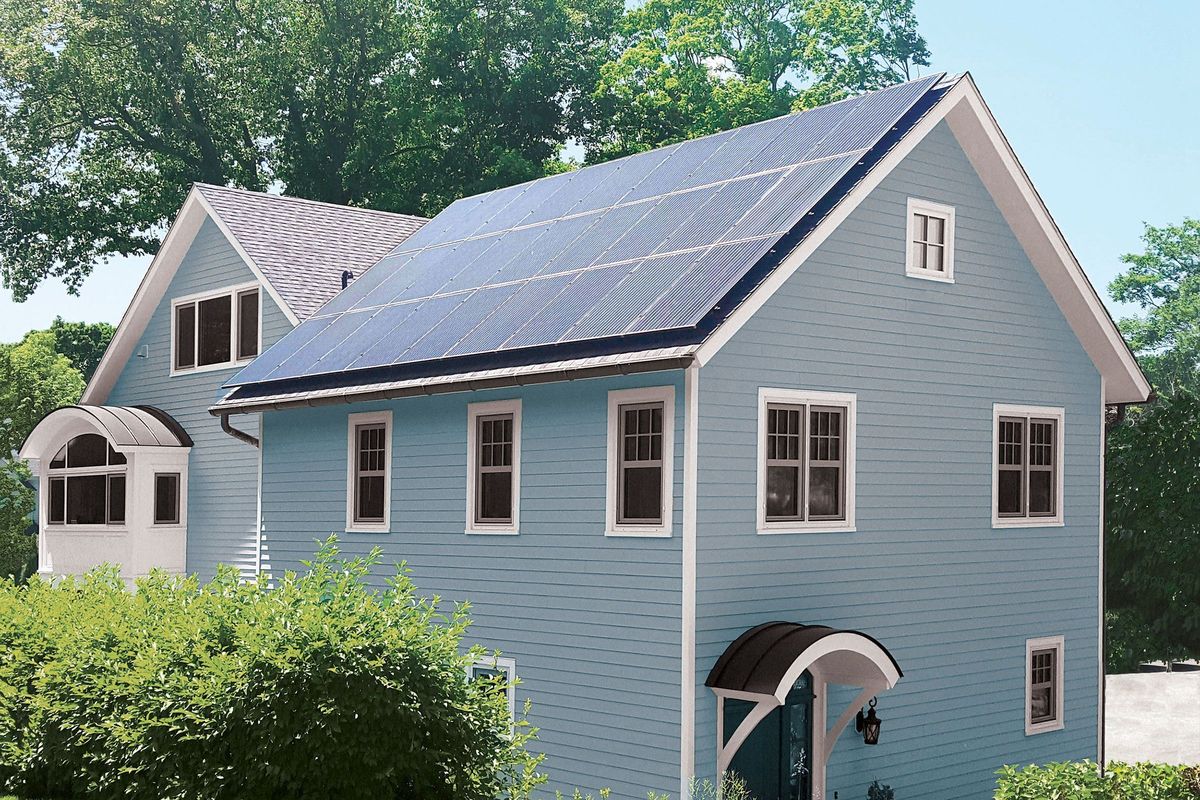

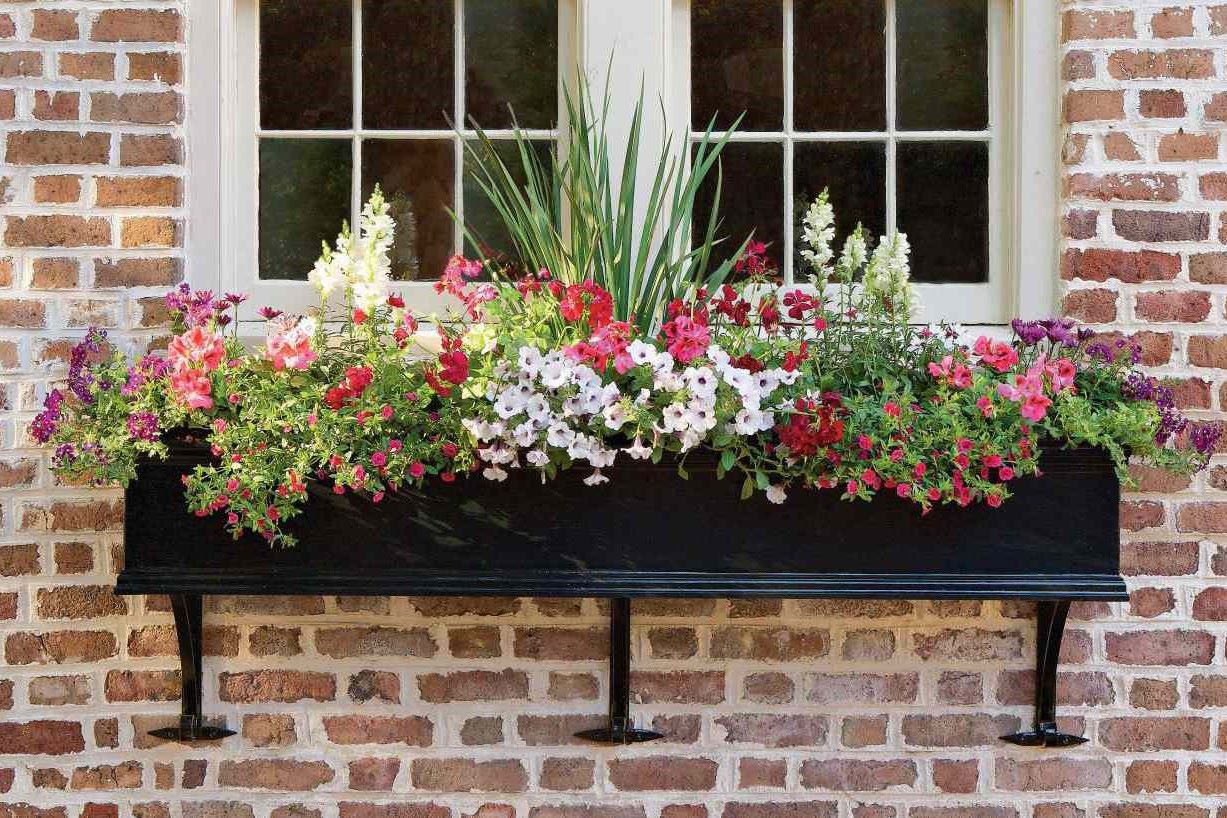


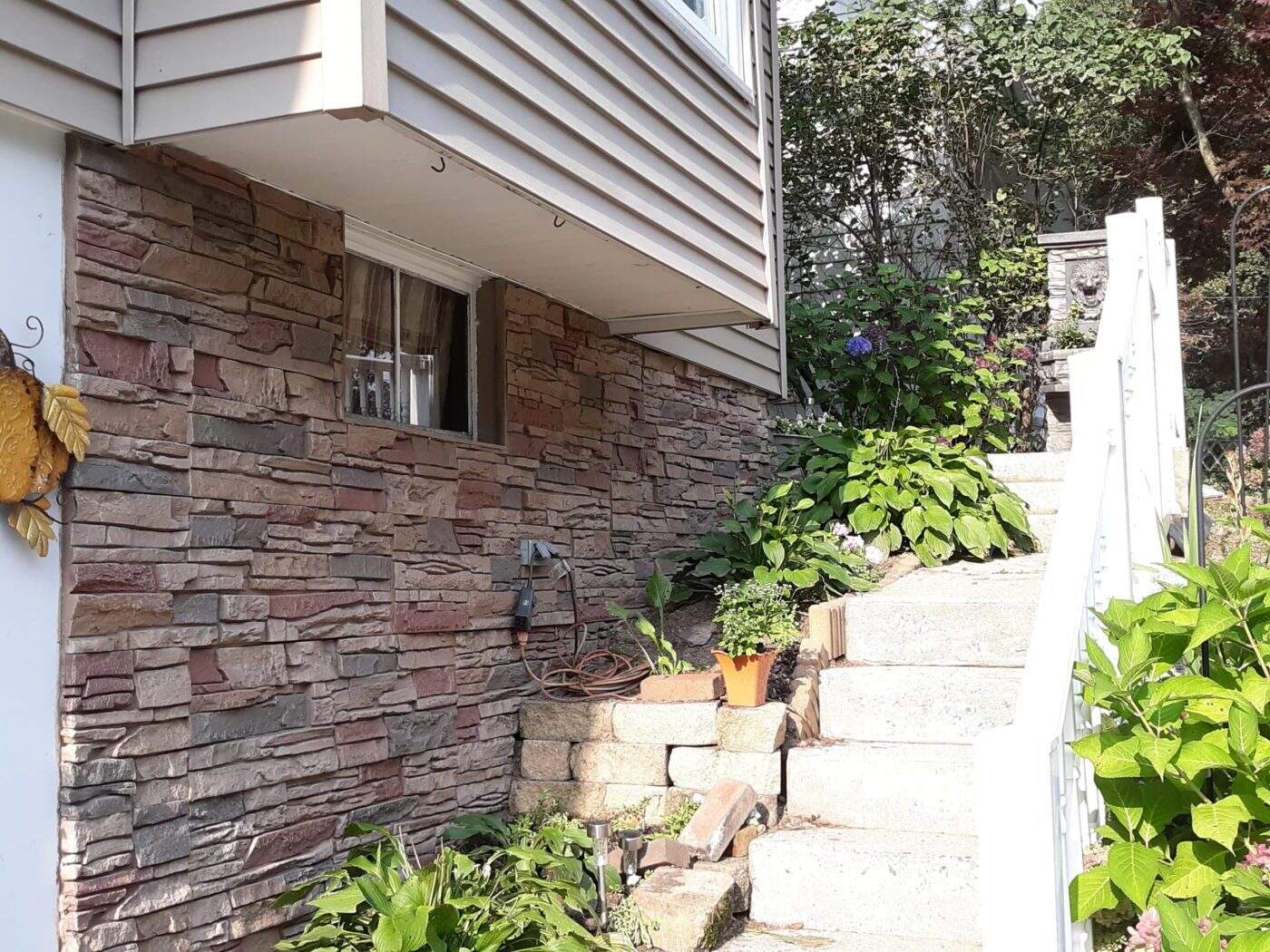


0 thoughts on “Upgrading Your Home’s Exterior With DIY Smart Irrigation System”